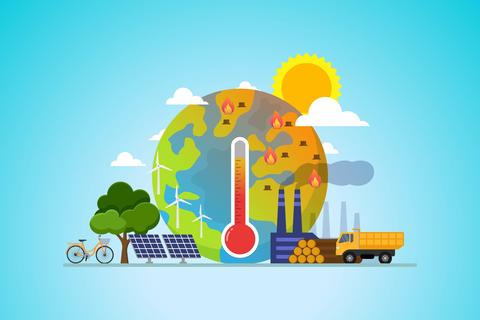Summary
The global warming potential (GWP) of numerous compounds used by U.S. industry is either not known or poorly estimated. Working with the EPA, a set of nearly 1,200 compounds that are known or suspected to have a significant GWP has been developed and quantum chemistry calculations have been made on these compounds. Using the data from these calculations, the radiative forcing (RF) can be reasonably well established, and these predictions compare favorably with other models. The atmospheric lifetime of these compounds, predicted based on the rate of reaction with .OH, is much more difficult to predict. Using an artificial neural network (ANN) model, we are able to predict rates of chemical reactions with .OH based on quantum chemical calculation of the reactant species alone. The ANN has been trained on more than 100 chemical reactions and used to predict .OH reaction rates for more than 800 compounds on the EPA list. The fit produced by the ANN is of very good quality, and the results agree well with other models. We believe that the predictive power of the ANN for new compounds will exceed that of these alternatives. Currently, we are working to extend the types of reactions on which the ANN is trained and to make the model more robust.
Description

Goals
-
Use ANN models to fit RF and .OH rate constant data k(.OH).
-
Be able to predict RF, k(.OH), and GWP with reasonable accuracy using readily available information.
-
Create a screening tool based on the ANNs.
Research Activities
-
Improve the performance of rate constant prediction.
-
Compare rate constant predictions to other models.
-
Incorporate transition state theory estimates for atmospherically important reactions.
Major Accomplishments
- Created predictive model for estimating RF values from simple, two-dimensional structural information.
- Created ANN model for estimating OH reaction rate constants
Associated Publications
1. Allison, T. C., "Application of an Artificial Neural Network to the Prediction of OH Radical Reaction Rate Constants for Evaluating Global Warming Potential," Journal of Physical Chemistry B, 120, 1854-1863 (2016).
2. Betowski, D., Bevington, C., and Allison, T. C., "Estimation of Radiative Efficiency of Chemicals with Potentially Significant Global Warming Potential," Environ. Sci. Technol., 50, 790-797 (2016).

